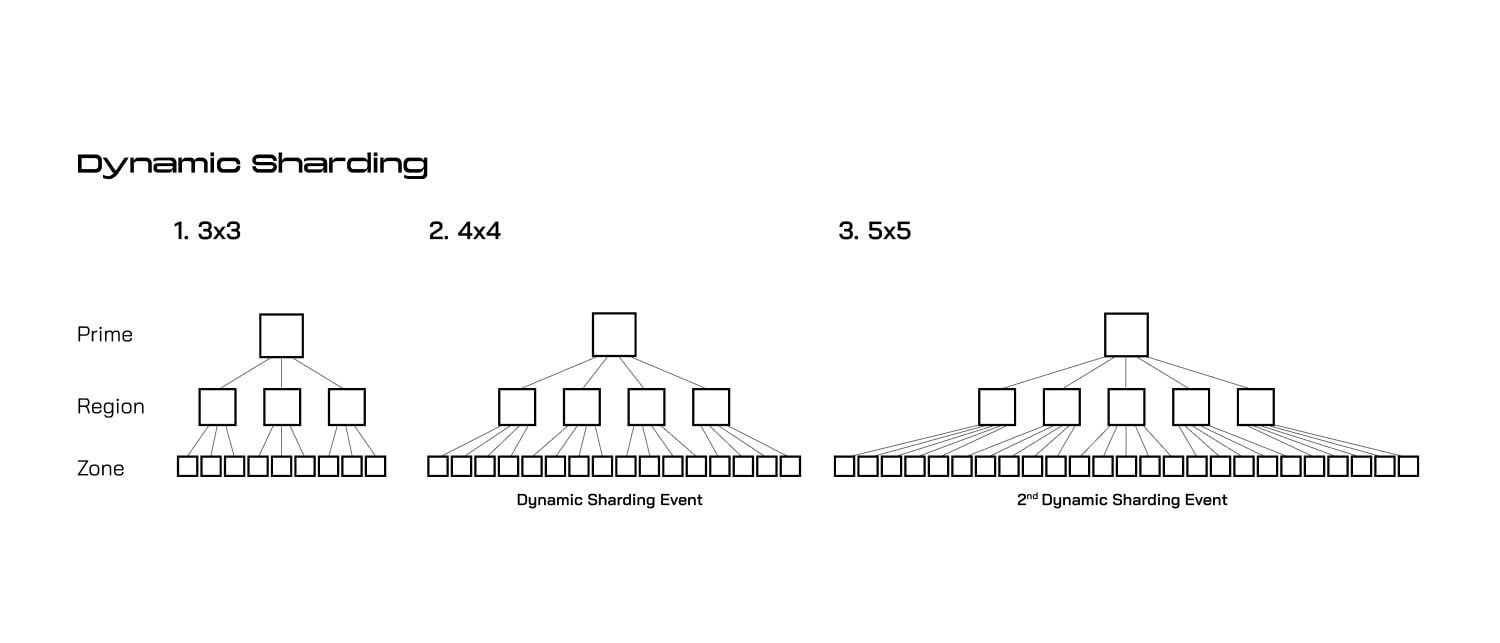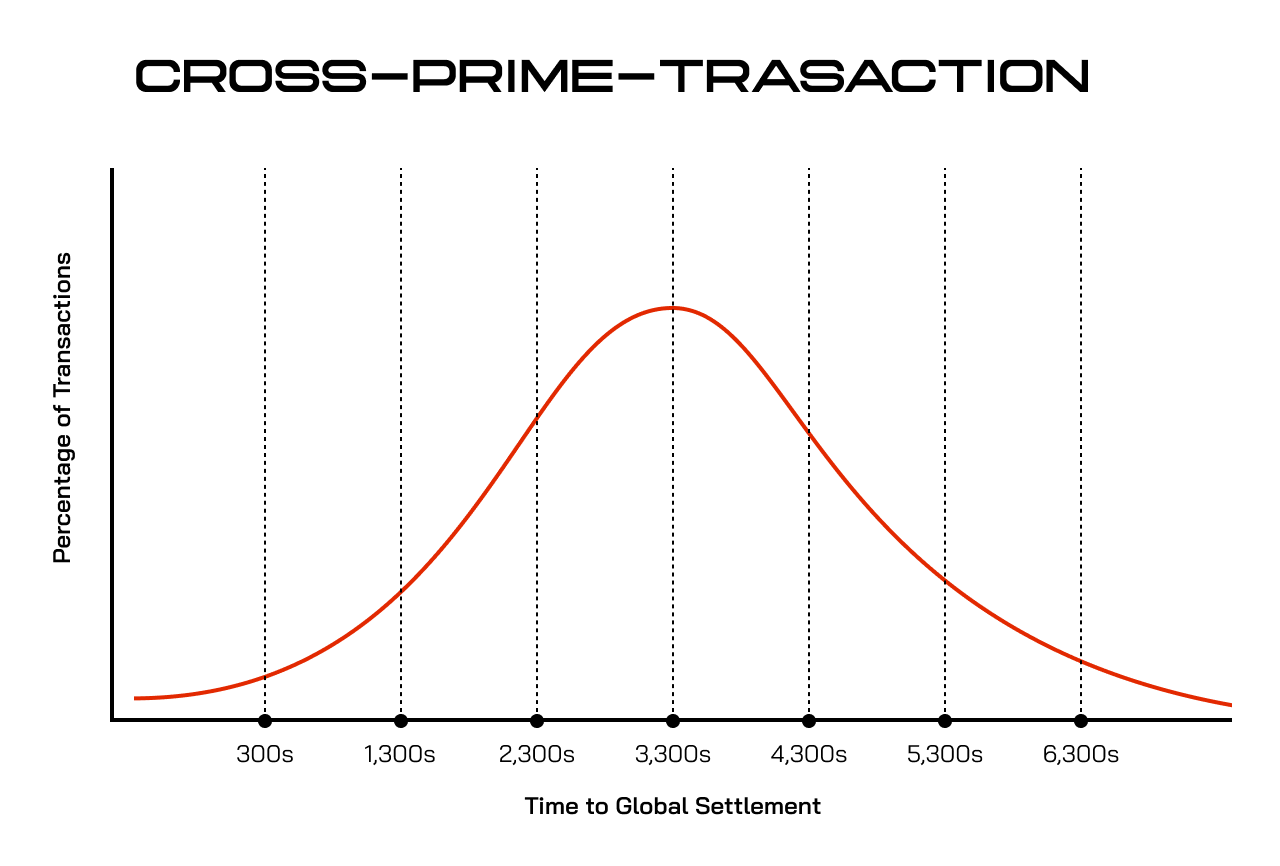Automatic Network Expansion
Imagine a highway system that automatically builds new lanes when traffic gets heavy. That’s essentially what Quai Network does with dynamic sharding - it automatically adds processing capacity when demand increases. What is Dynamic Sharding? The protocol automatically creates new execution shards (processing channels) when the network becomes congested, expanding capacity without human intervention or network upgrades. How It Works:- Network monitors demand: Protocol tracks congestion indicators in real-time
- Automatic expansion: When thresholds are met, new region and zone chains are created
- Seamless integration: New chains immediately join the existing consensus system
- Balanced growth: All regions gain additional zones to maintain network harmony

How the Network Knows When to Expand
The protocol monitors two key congestion indicators to determine when new capacity is needed:1. Uncle Block Rate
What are Uncle Blocks? Think of uncle blocks as “traffic jams” in mining. When multiple miners find valid blocks simultaneously, only one becomes part of the main chain - the others become “uncles.” Why This Matters:- High uncle rate = Network congestion (too many miners competing for limited space)
- Reduced efficiency = Wasted mining energy and slower transaction finality
- Clear signal = Time to add more capacity
- Creates new region and zone chains
- Integrates them into the global consensus
- Distributes mining power across more chains
- Reduces congestion and restores efficiency
2. Gas Limit Utilization
What is Gas Limit? Each block has a maximum computational capacity (gas limit). When blocks consistently hit this limit, it means demand exceeds supply. The Fee Problem in Other Networks:- Ethereum example: When blocks are full, fees can reach $50+ per transaction
- Bidding wars: Users compete by paying higher fees for limited block space
- User experience: Transactions become expensive and unpredictable
- Fees stay under $0.01: Increased capacity eliminates fee competition
- No bidding wars: Always enough block space to meet demand
- Predictable costs: Users know transaction fees will remain affordable
The Only Tradeoff: Settlement Time
How Network Expansion Works:- 3×3 start: 3 regions, 3 zones each = 9 total zones
- First expansion: 4×4 layout = 16 total zones
- Growth pattern: 5×5, 6×6, 7×7… unlimited expansion
Settlement vs Finality: Why This Matters
Critical Distinction:- Finality: When your transaction is permanent and safe (seconds in Quai)
- Settlement: When funds can be spent cross-chain (minutes to hours)
- ✅ Your transaction is safe immediately after finality
- ✅ Recipients can trust payment without waiting for settlement
- ⏳ Cross-chain spending requires settlement completion
- 10 seconds: Transaction finalized (safe and permanent)
- 3,300 seconds: Global settlement (can spend funds in other regions)
Settlement Time Calculation
The Formula: Average time to Global (prime) settlement can be measured by the following equation, where:- TSₚ = Average time to Global (prime) settlement (in seconds)
- nz = Number of zones per region
- nr = Number of regions in the system
- tz = Zone block time (in seconds) = 5
- Settlement time increases with the square of both regions and zones per region
- 5 seconds: Zone block time (where most transactions occur)
- Total time: Scales predictably with network size
| Number of Regions | Number of Zones per Region | Total Zones | Time to Global Settlement† |
|---|---|---|---|
| 3 | 3 | 9 | 405s |
| 4 | 4 | 16 | 1,280s |
| 5 | 5 | 25 | 3,125s |
| 6 | 6 | 36 | 6,480s |
| 7 | 7 | 49 | 12,005s |
| 8 | 8 | 64 | 20,480s |
- Settlement times are averages - actual times vary due to the random nature of mining
- ~50% of transactions settle faster than the average time
- All transactions are final and secure well before settlement completes

